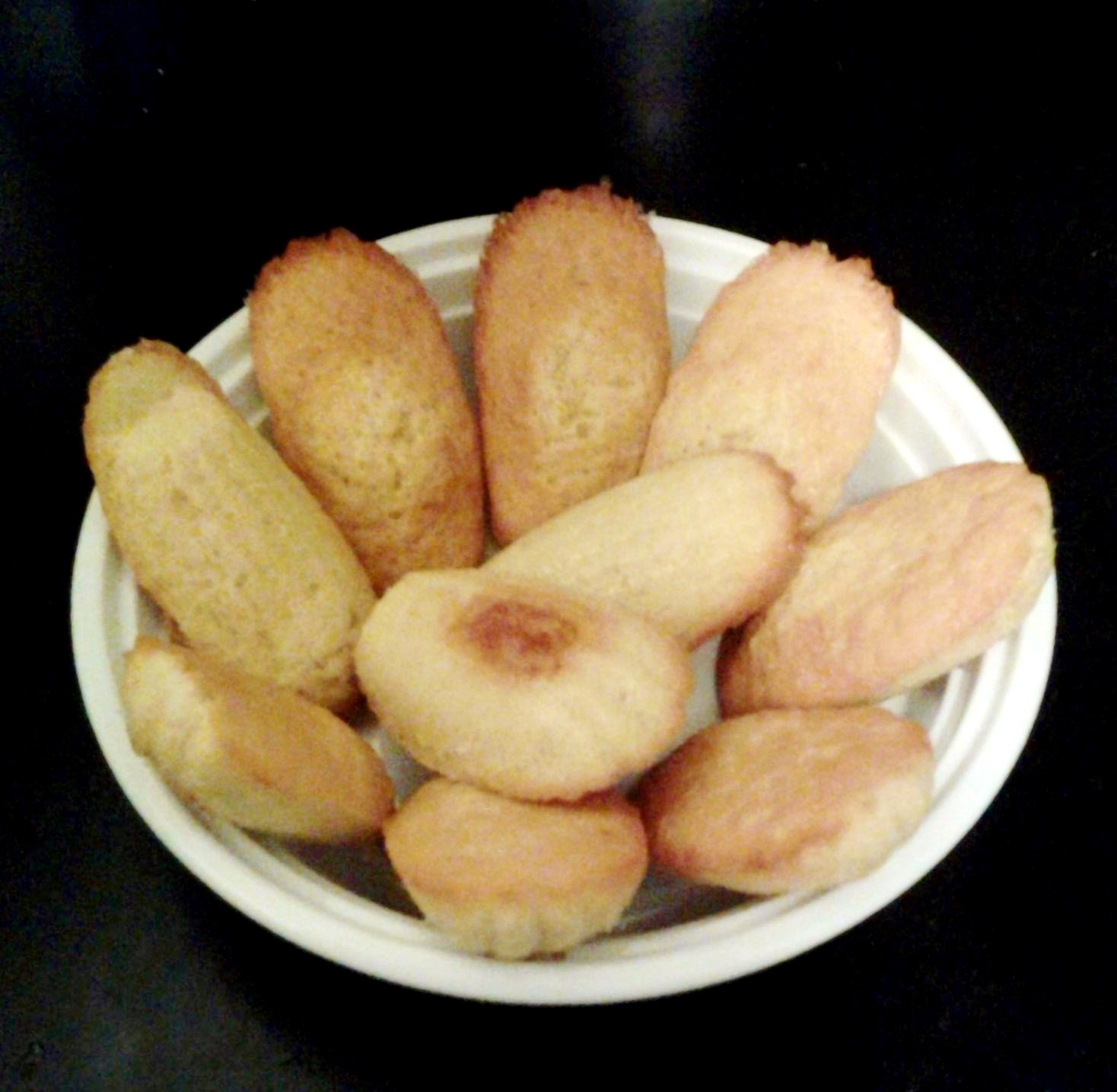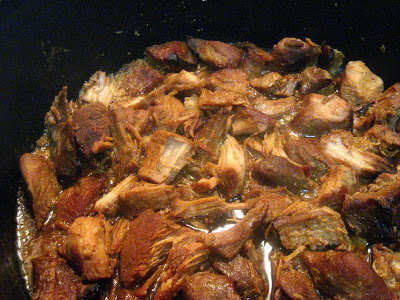So, uh, I don't think I ever really mentioned this specifically, but I have a child now. And to my surprise, trying to keep [processed] sugar out of a baby's diet is not that easy. Everything has sugar. Even when you google "baby birthday cake" or "smash cake" or "sugar free baby cake" the options are limited and often have "alternative" sugars like stevia or monkfruit or whatever other nonsense.
With some research, I found a recipe that worked for us and that has since been approved by multiple babies AND adults. Because I'm very anti-waste when it comes to food, I did not like the idea of giving my baby a huge cake and having a bunch of crumbs / messy food that wouldn't actually get eaten. So I decided to make the "cake" in a mini muffin tin. It actually works great, because you can cut off the muffin top and build a tiny little layer cake with "frosting."
This recipe made 24 mini muffins and a little 4 inch round cake (which was actually just me trying to use the extra batter). It keeps well at room temperature for at least 2 days, but probably longer. In the fridge, it's great for at least 3 days. I can't speak beyond that because the cake is all gone now.
You'll find that this recipe is basically a banana bread. If you double the recipe, it should be enough for at least two 6 inch rounds if you want to make a bigger layer cake (according to the original recipe I edited).
You'll notice that this has a good amount of "flavoring agents," aka lemon, cinnamon and vanilla. That's because I believe that baby food should be flavorful and tasty, and that exposing our kids to strong flavors early in their life helps develop their palates and hopefully result in less picky eaters.
You can also just use this recipe as an easy way to use ripe bananas when you have no eggs and want to avoid sugar.
Banana Baby Cake
- 2 very ripe bananas (it doesn't matter what size, baking science is not that exact)
- 3 tablespoons butter*
- 1/4 cup full fat oatmilk (what I used) OR breastmilk, regular milk, etc.
- 1 teaspoon lemon juice
- 1.5 teaspoons vanilla extract
- Full 3/4 cup flour (I did not sift or level, just scooped)
- 1/2 tsp baking powder
- 1/4 tsp baking soda
- 1 teaspoon cinnamon
Preheat oven to 350F. Melt your butter in the microwave. Get a pastry brush and butter your mini muffin tin. Use the remaining butter for the cake; it should be more than 2 tablespoons. Alternatively you can use spray oils for your pan and just melt 2.5 tablespoons of butter for your cake.
Combine all the first 5 ingredients in a food processor / blender: peeled bananas, butter, milk, lemon juice, and vanilla. Blend / puree until it's all smooth.
Pause and add your flour, baking powder, baking soda, and cinnamon. Take a little spatula and stir gently so that the flour is a little bit incorporated. This just stops it from exploding / splattering all over the place when you turn on your blender. You can skip if you don't mind flour particles in the air.
Pulse blend several times until all combined and smooth. People are overly anxious about overmixing. You won't; it's fine.
Pour into the mini muffin tin. I recommend using a standard cookie dough scoop for this. One scoop per well.
Bake at 350 minutes for 10 minutes. If you're making a 4 or 6 inch cake, bake for 20-25 minutes.
Allow the cake to cool before frosting.
PB Frosting
Combine 2-4 tsp of natural creamy peanut butter with a roughly equivalent amount of heavy whipping cream, slowly. Once the mixture is smooth, add 1 cup of cold heaving whipping cream and beat on high till stiff peaks form. Keep refrigerated until use.
I prefer using a no salt, no sugar, no other additives peanut butter, but you can obviously use anything. You could also just use plain whipped cream as frosting, no PB, but I like using common allergens because exposure helps decrease incidence of allergies. Also you can easily replace with sunbutter or almond butter.




































